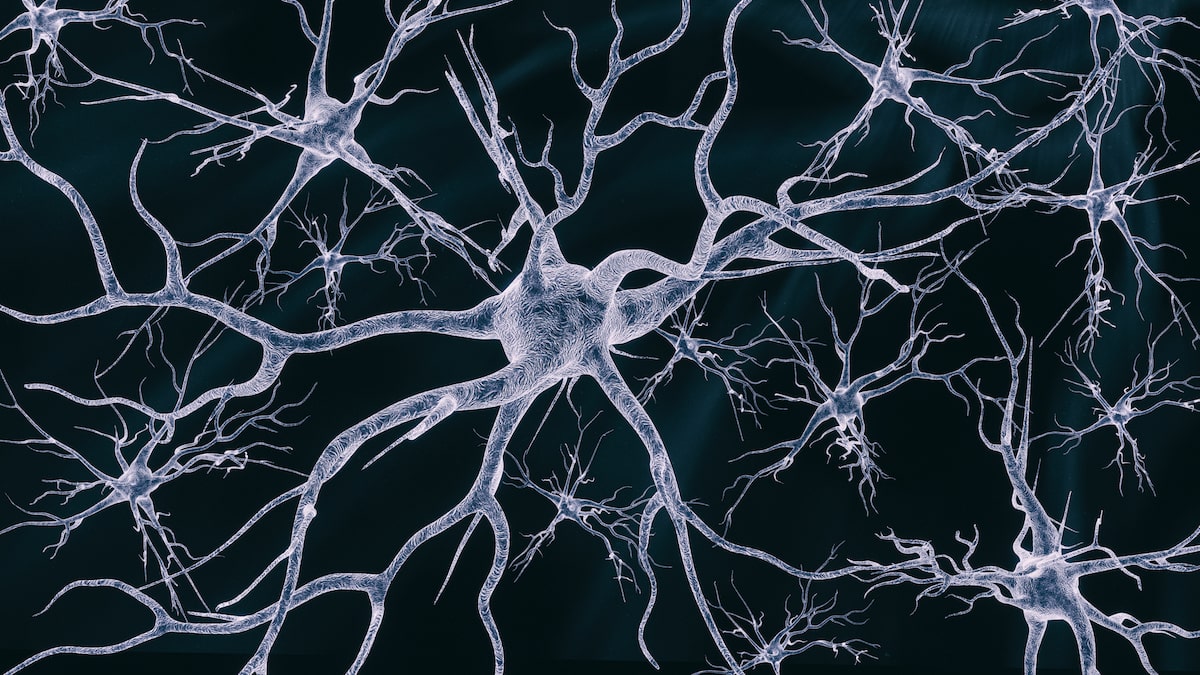<< Back
Researchers: Inhibiting Gene in Test Mice Can Eliminate Parkinson’s Tremors

August 04, 2020
When University of California-San Diego (UCSD) scientists transformed brain cells into functioning neurons that restored dopamine, eliminating Parkinson’s disease motor symptoms in test mice, humans watched with anticipation.
The research, “Reversing a model of Parkinson’s disease with in situ converted nigral neurons,” was published this summer in the journal Nature.
Parkinson’s originates from the malfunction or death of dopamine-producing nerve cells (neurons) in the part of the brain responsible for muscle movement and coordination. UCSD researchers discovered that inhibiting the gene PTB in mice converted brain support cells into neurons producing dopamine. As a result, the Parkinson’s disease symptoms disappeared.
It is positive news, said Dr. Leon Meytin, a neurologist with Hartford HealthCare’s Chase Family Movement Disorders Center in Stamford, although he noted there’s a “but.”
“First of all, there’s obviously a huge difference between mice brains and human brains,” he said. “Second, this research is in the ‘proof of concept’ stage. Now it has to be escalated to much more complicated work. This doesn’t correlate to humans. All it did was show that it can work. They can turn one cell into another cell.”
Typically, therapeutic strategies aim to regulate dopamine levels, treat motor symptoms or prevent neuron loss in Parkinson’s patients. In this study, a single treatment to inhibit PTB in mice converted native astrocytes, the brain’s support cells, into neurons that produced dopamine. In months, Parkinson’s disease symptoms disappeared in the mice.
“This will need a larger study in mice,” Dr. Meytin said. “There are lots of questions like, ‘How much needs to be implanted? Is it safe in humans? How would it be done in humans? What are the potential complications?’ They will need to collect a lot of safety data, including what if it creates too much dopamine? What if it causes worsening symptoms? What if it creates tumors?”
He stressed that the news is still good because this research shows there are options beyond what has been studied in the past.
“Finding new mechanisms gives us new avenues for research and study,” he noted. “It might not end up being a cure, but new mechanisms are always good. That can spur new research that could lead to a cure. The more research the better.”
UCSD team leader Dr. Xiang-Dong Fu, in an interview with Parkinson’s News Today, hopes the approach can someday be a treatment not only for Parkinson’s but other diseases in which neurons are lost, such as Alzheimer’s and Huntington’s diseases and stroke.
“Dreaming even bigger – what if we could target PTB to correct defects in other parts of the brain, to treat things like inherited brain defects? I intend to spend the rest of my career answering these questions,” Dr. Fu said.
For information on the Chase Family Movement Disorders Center, click here.
Not feeling well? Call your healthcare provider for guidance and try to avoid going directly to an emergency department or urgent care center, as this could increase the chances of the disease spreading.
Click here to schedule a virtual visit with a Hartford HealthCare-GoHealth Urgent Care provider.
Stay with Hartford HealthCare for everything you need to know about the coronavirus threat. Click here for information updated daily.
Questions? Call our 24-hour hotline (860.972.8100 or, toll-free, 833.621.0600).
Get text alerts by texting 31996 with MoreLife in the message field.